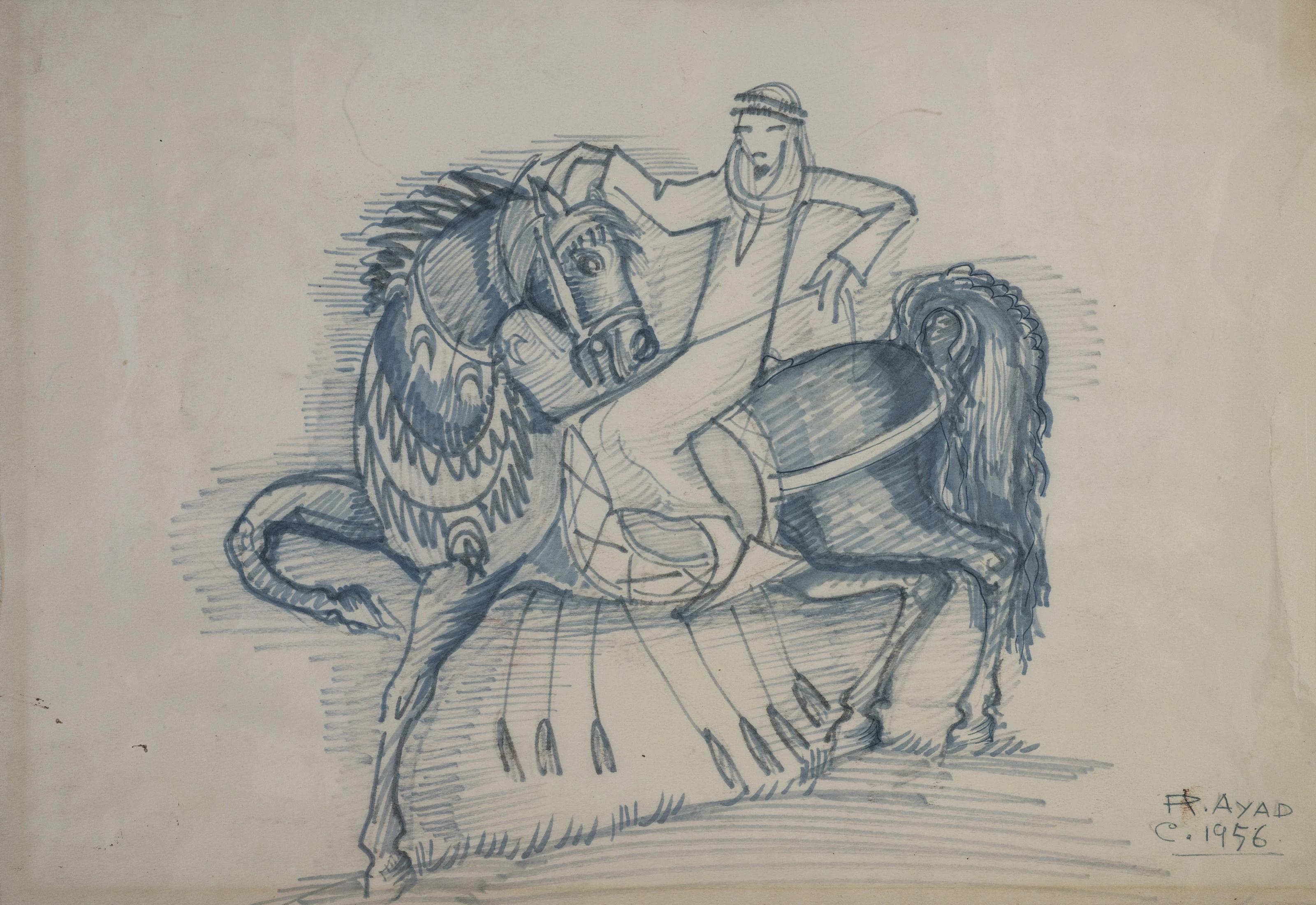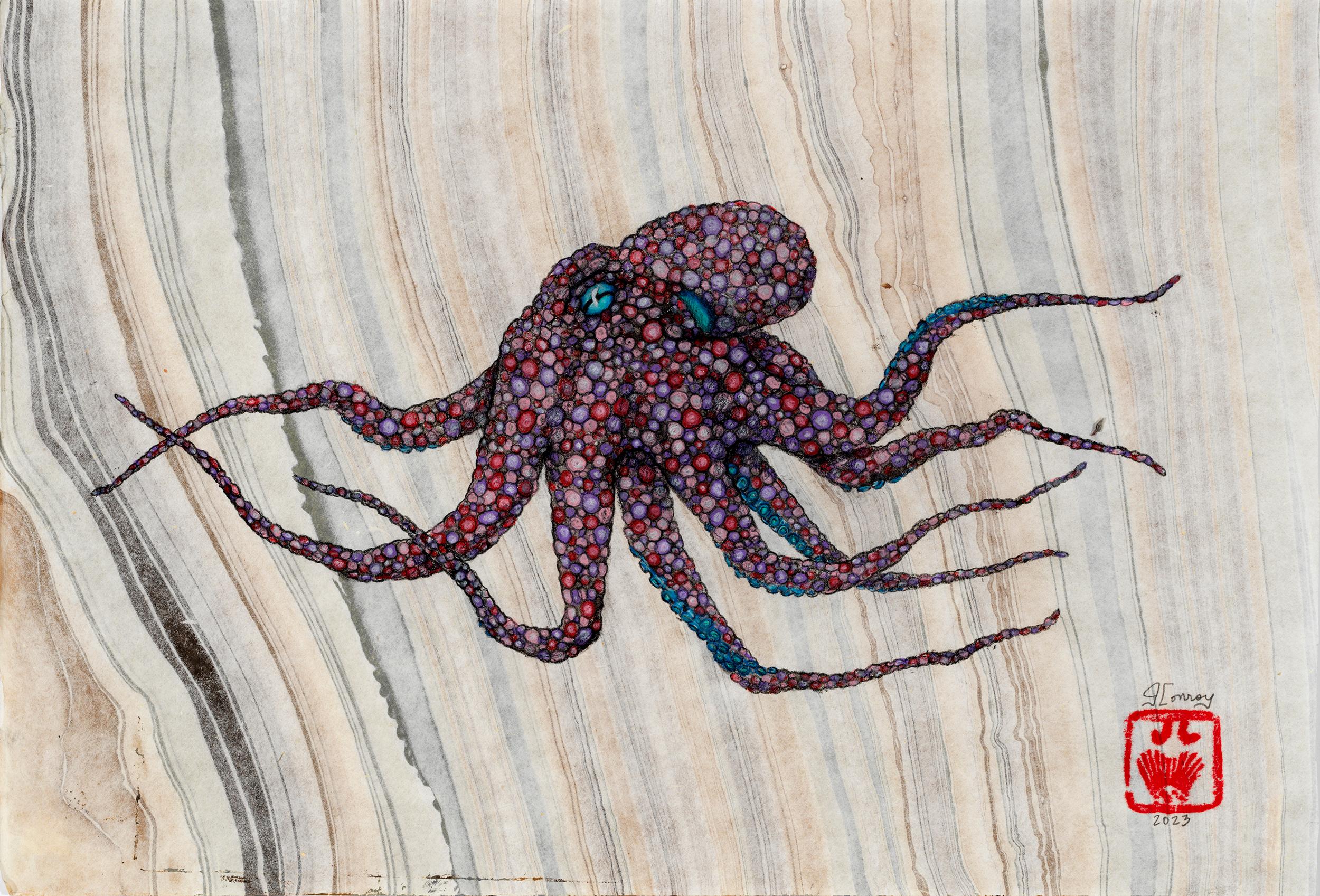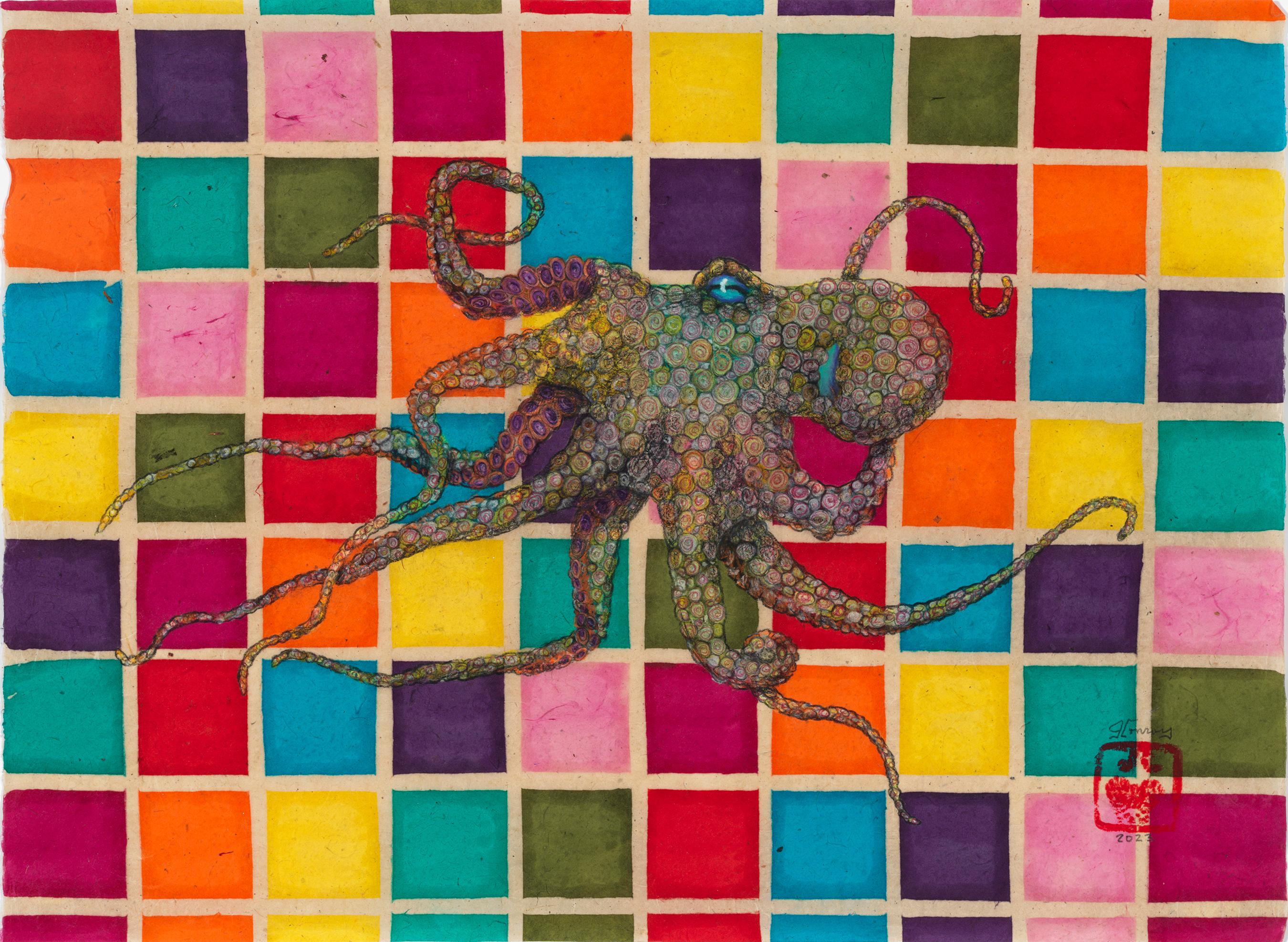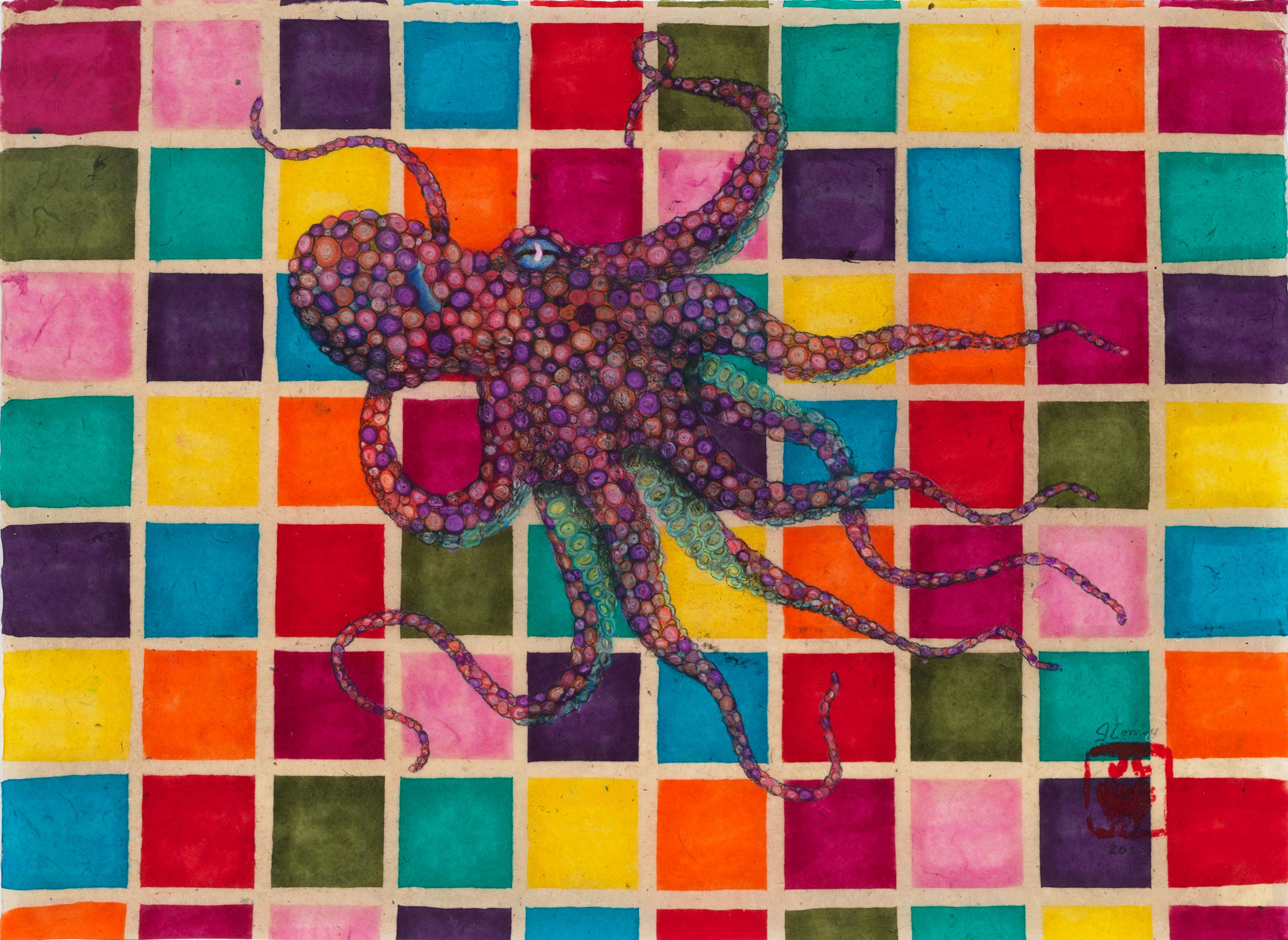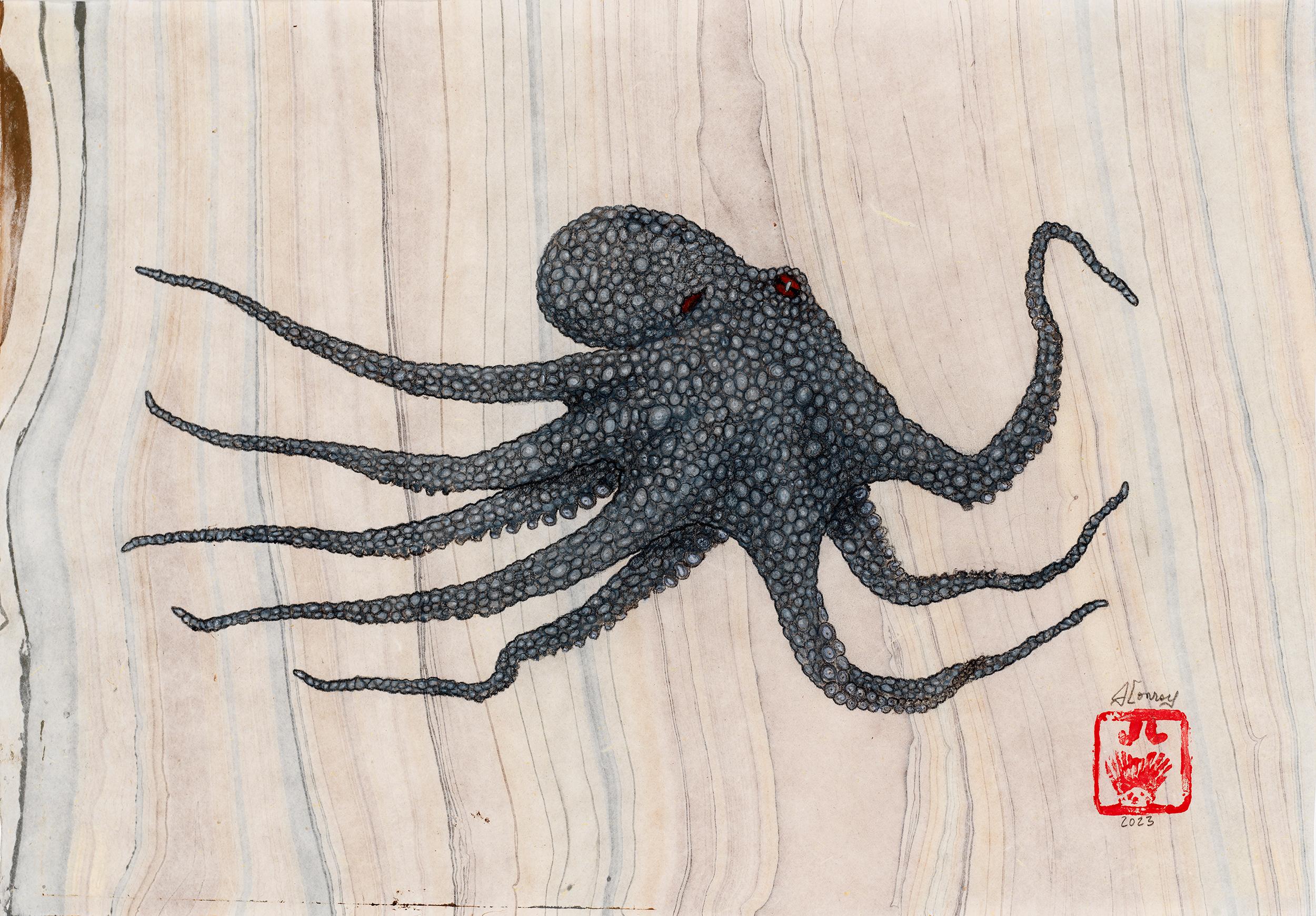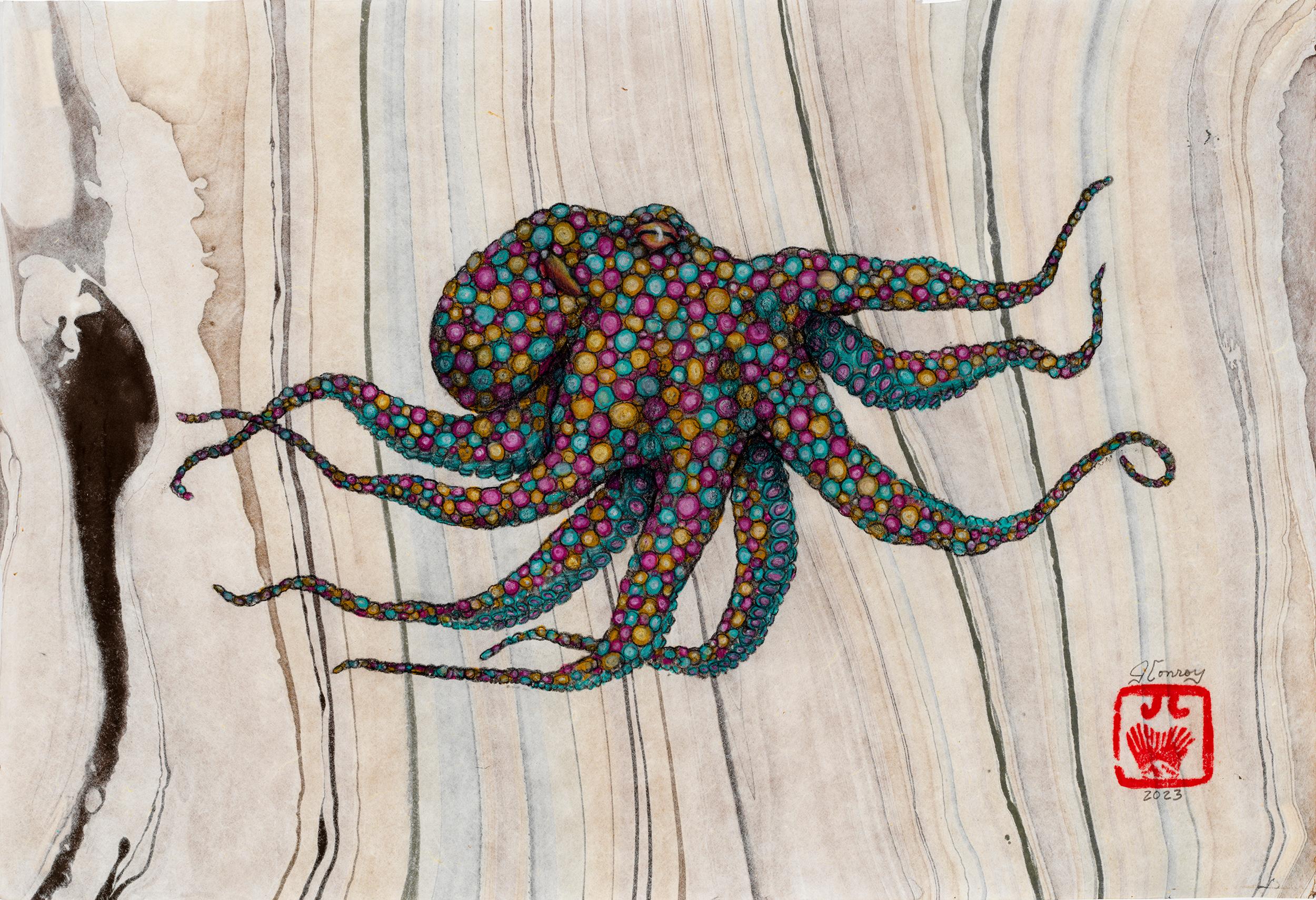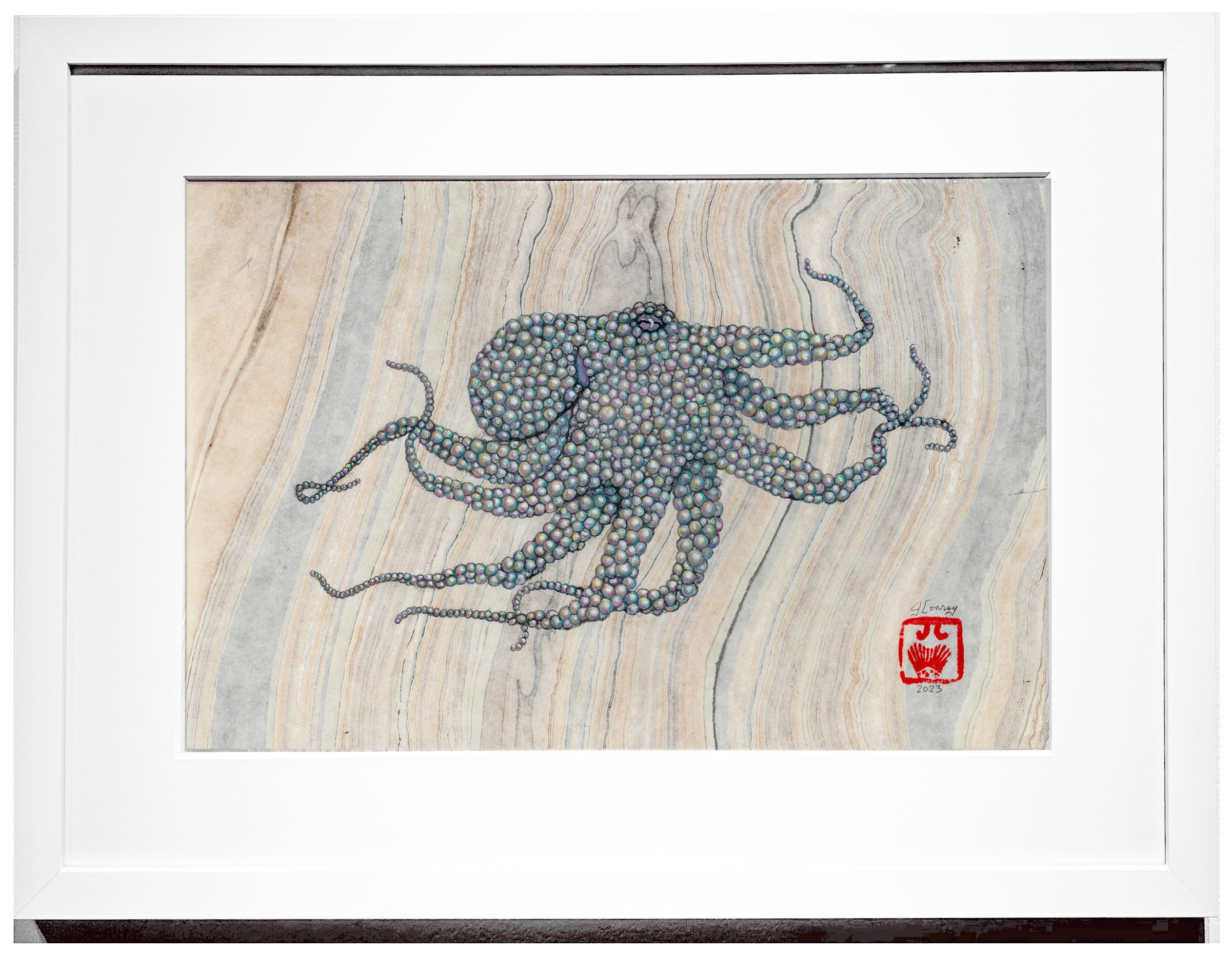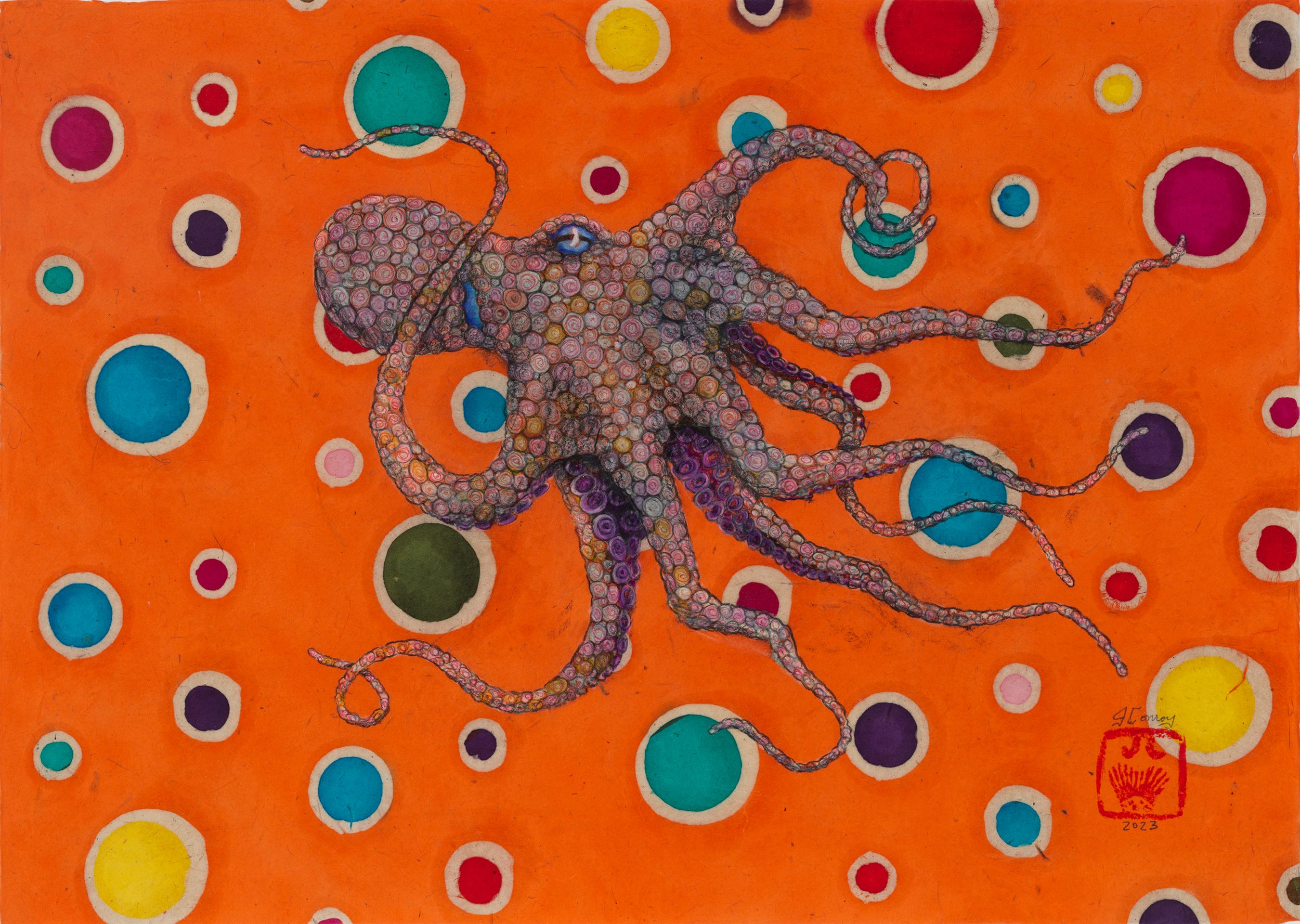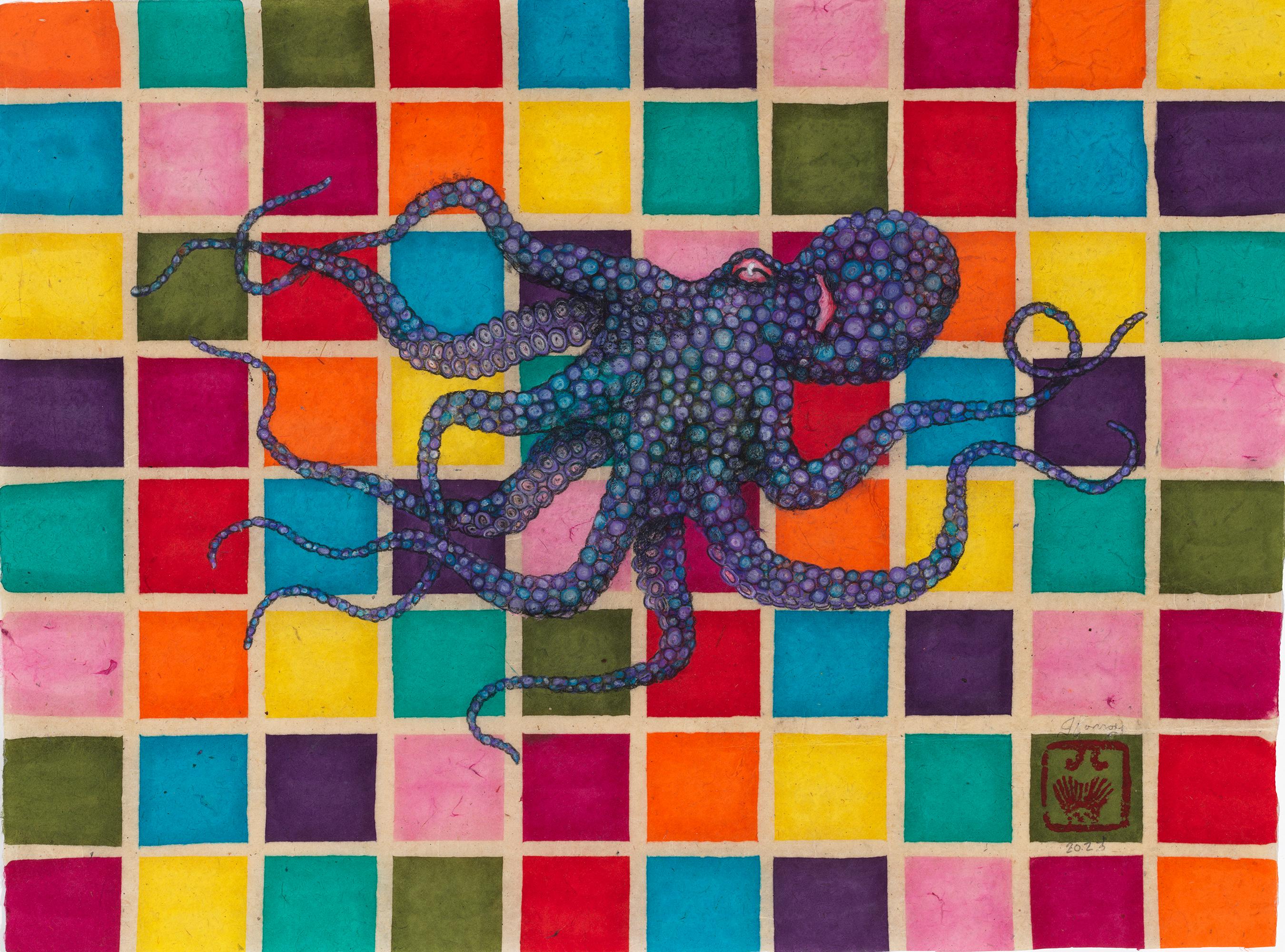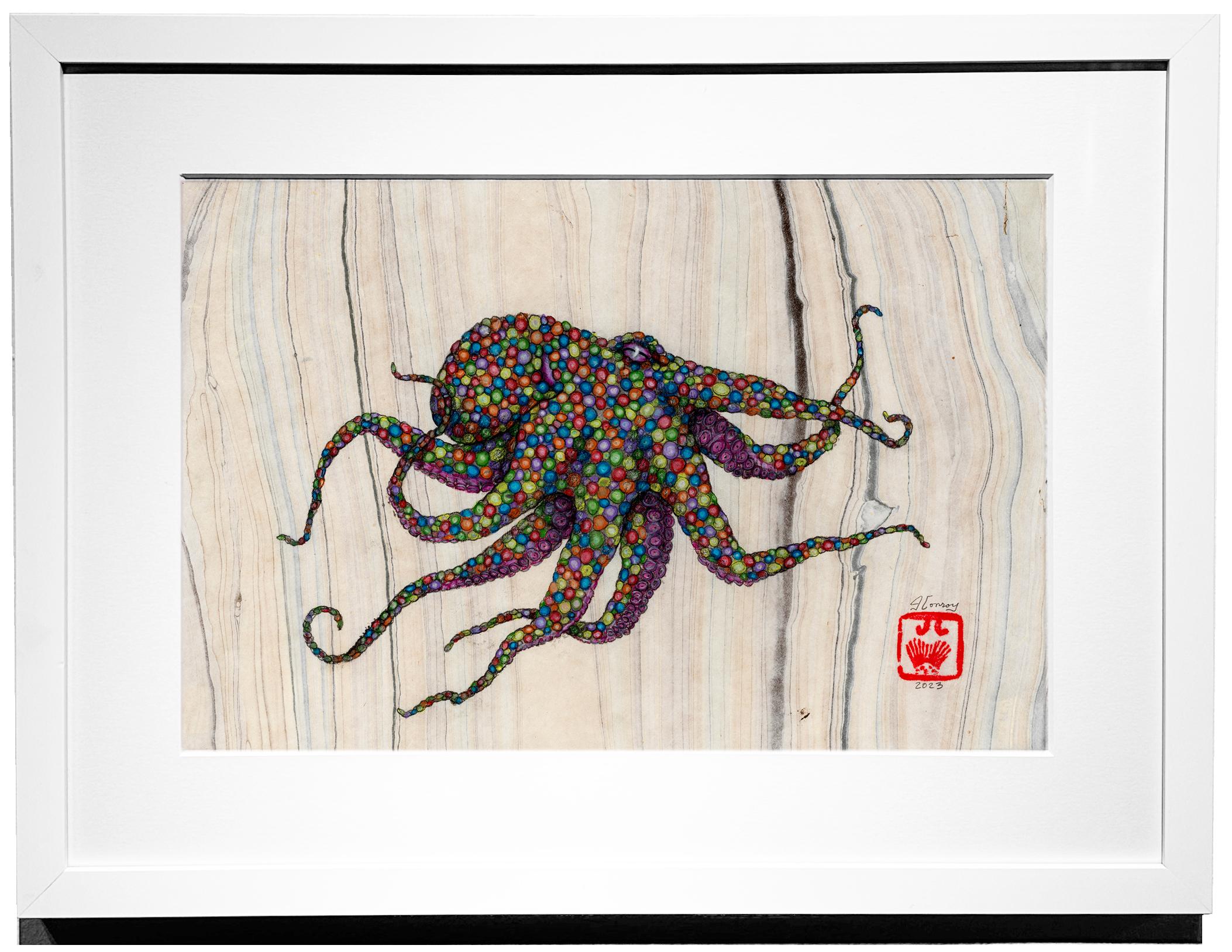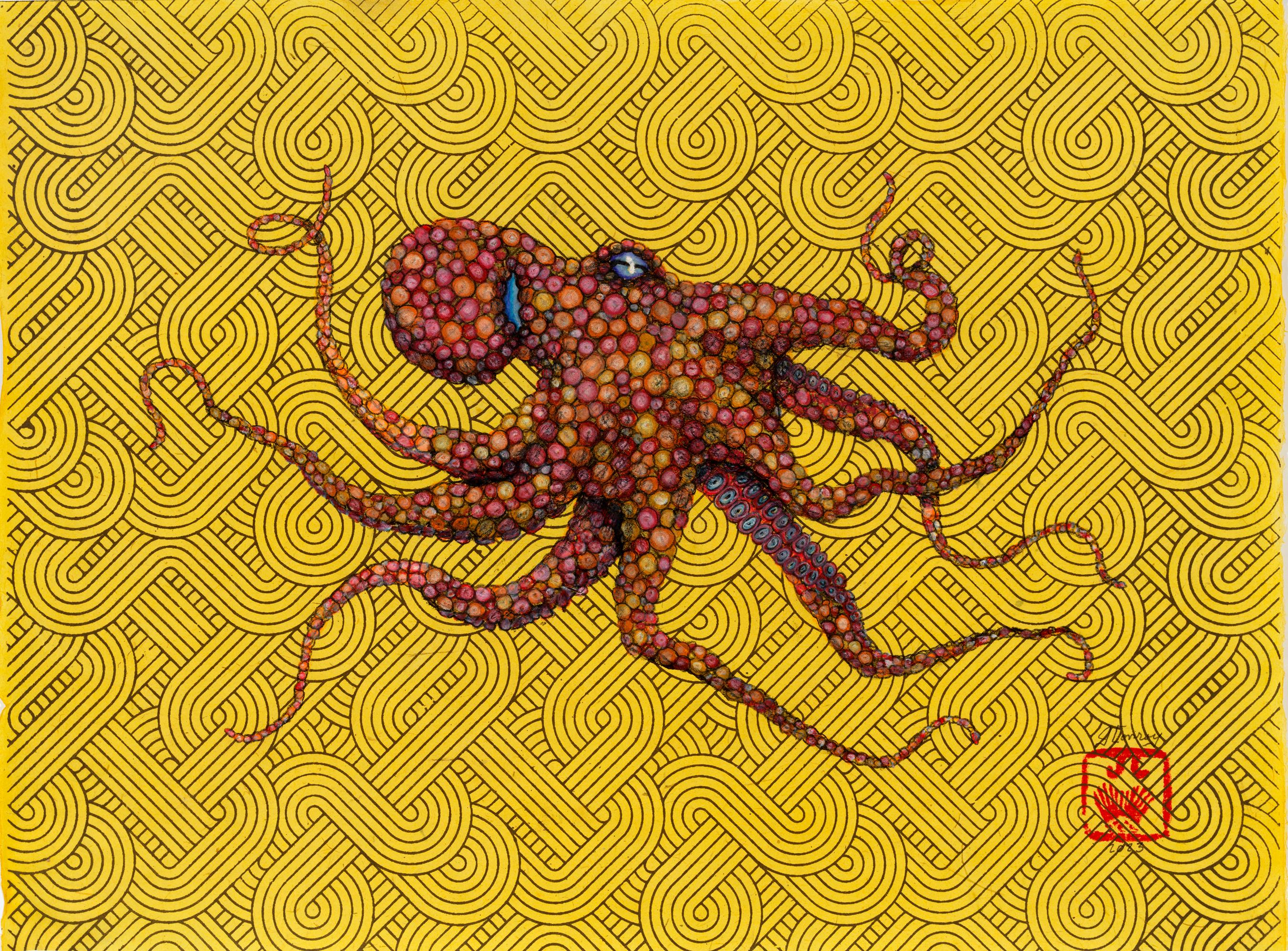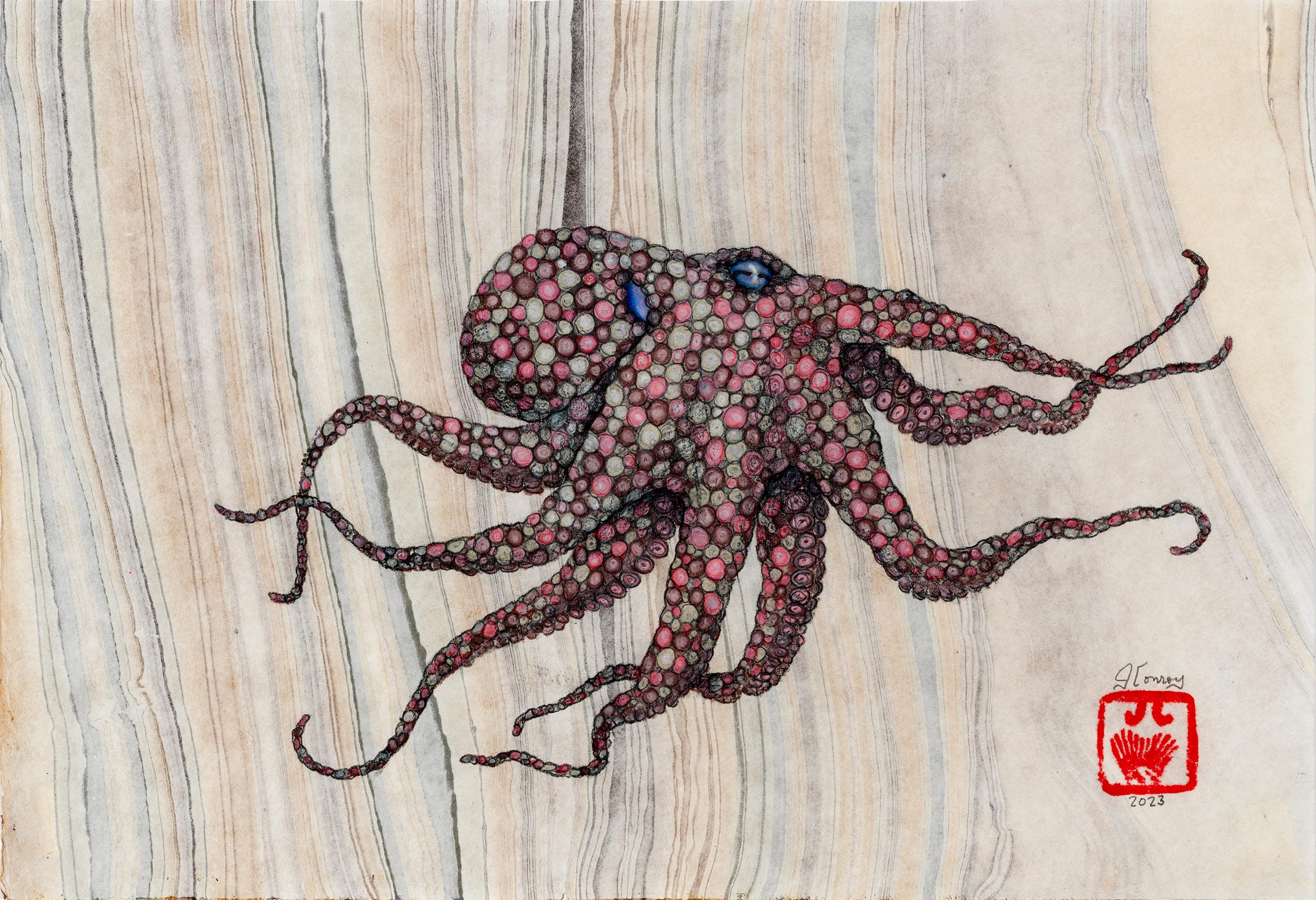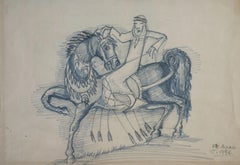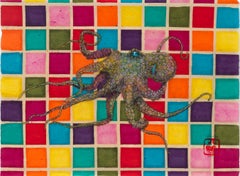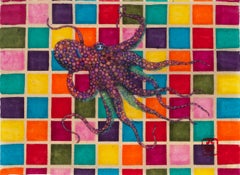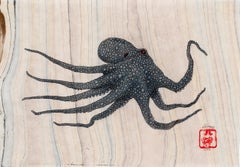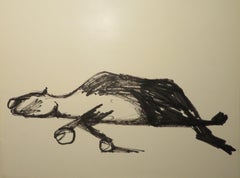
Cow Lying
View Similar Items
1 of 5
Sidney NolanCow Lying1955
1955
About the Item
Authenticity Guarantee
In the unlikely event there’s an issue with an item’s authenticity, contact us within 1 year for a full refund. DetailsMoney-Back Guarantee
If your item is not as described, is damaged in transit, or does not arrive, contact us within 7 days for a full refund. Details24-Hour Cancellation
You have a 24-hour grace period in which to reconsider your purchase, with no questions asked.Vetted Professional Sellers
Our world-class sellers must adhere to strict standards for service and quality, maintaining the integrity of our listings.Price-Match Guarantee
If you find that a seller listed the same item for a lower price elsewhere, we’ll match it.Trusted Global Delivery
Our best-in-class carrier network provides specialized shipping options worldwide, including custom delivery.You May Also Like
"Arabian Dressage" (double face) Painting 14" x 18" inch (1956) by Ragheb Ayad
By Ragheb Ayad
Located in Culver City, CA
"Arabian Dressage" (double face) Painting 14" x 18" inch (1956) by Ragheb Ayad
signed & dated
Ink on Paper
Ragheb Ayad was born in Cairo on the 10th of March 1892 and inscribed himself in the School of Fine Arts since its opening in 1908. After graduation, he taught art in the high Coptic school and made several trips on his own to France and Italy to complete his artistic education. He was the first to obtain a governmental scholarship to Rome, where he stayed for five years studying art at the Superior Institute of Fine Arts. Since his return to Cairo in 1930, he was assigned as director of the decorative section of the Faculty of Applied Arts. In 1937, he was named professor at the Faculty of Fine Arts and director of its free section. He was in charge of reorganizing the Coptic museum, and since 1950 became head of the Museum of Modern Art, where he made a special section in it for the great sculpture Mahmoud Mokhtar. Since 1924 and for half a century, he participated in most of the exhibitions of the ‘Cairo Salon’ plus organizing 40 solo exhibitions. Ragheb Ayad is considered one of the pioneers of Egyptian art in the 20th century alongside Mahmoud Mokhtar, Youssef Kamel, Mohamed Hassan, Mahmoud Said, and Mohamed Naghy.
Ragheb Ayad is the first to get rid of the western influences and to create Egyptian art with its own solid identity. For the rest of his life, Ragheb Ayad was dedicated to the popular themes of Egyptian life, whether it is the cosmopolitan Cairo or the upper Egyptian villages and the small towns. He visited all these places, recording the pulsating life of the soaks, the moulids, the cafes, and the men and women dancers. Ragheb Ayad remained forever the painter of this true Egyptian universe. Ragheb Ayad is considered to be the first expressionistic painter who influenced the second and third generation of artists. Aside from the popular Ayad was attracted to the religious themes where he portrayed the flight of the holly family in Egypt and the birth of Jesus. Moreover, Ayad is known to be the first Egyptian artist to be influenced by ancient Egyptian art...
Category
20th Century Post-War Animal Drawings and Watercolors
Materials
Paper, Ink
Studio 54 - Bananarama - Gyotaku Style Sumi Ink Painting of an Octopus
By Jeff Conroy
Located in Chicago, IL
A small octopus is inked in the Japanese style of Gyo-Taku print making. Using sumi ink to "print" the octopus, the artist then embellishes it with colored pencil to convey an extra...
Category
21st Century and Contemporary Contemporary Animal Drawings and Watercolors
Materials
Sumi Ink, Watercolor, Mulberry Paper, Color Pencil
Studio 54 - Cherry Blossom - Gyotaku Style Sumi Ink Painting of an Octopus
By Jeff Conroy
Located in Chicago, IL
A small octopus is inked in the Japanese style of Gyo-Taku print making. Using sumi ink to "print" the octopus, the artist then embellishes it with colored pencil to convey an extraordinary dimensionality. By printing it on hand-made Mulberry paper, in this case a paper from the bygone Disco age, the artist achieves a beautiful aesthetic. The artwork is unframed. Please contact the gallery for framing options.
Jeff Conroy
Studio 54 - Cherry Blossom
sumi ink and colored pencil on mulberry paper
14.50h x 19.75w in
36.83h x 50.16w cm
JEC146
Gyotaku - A Japanese word translated from "gyo" meaning fish and "taku" meaning stone impression and is believed to get its inspiration from Chinese stone rubbings...
Category
21st Century and Contemporary Contemporary Animal Drawings and Watercolors
Materials
Sumi Ink, Watercolor, Mulberry Paper, Color Pencil
Quicksilver - Gyotaku Style Sumi Ink Painting of an Octopus
By Jeff Conroy
Located in Chicago, IL
A small octopus is inked in the Japanese style of Gyo-Taku print making. Using sumi ink to "print" the octopus, the artist then embellishes it with colored p...
Category
21st Century and Contemporary Contemporary Animal Drawings and Watercolors
Materials
Sumi Ink, Watercolor, Mulberry Paper, Color Pencil
Resplendent Rascal - Gyotaku Style Sumi Ink Painting of an Octopus
By Jeff Conroy
Located in Chicago, IL
A small octopus is inked in the Japanese style of Gyo-Taku print making. Using sumi ink to "print" the octopus, the artist then embellishes it with colored pencil to convey an extra...
Category
21st Century and Contemporary Contemporary Animal Drawings and Watercolors
Materials
Sumi Ink, Watercolor, Mulberry Paper, Color Pencil
String of Pearls - Gyotaku Style Sumi Ink Painting of an Octopus, Framed
By Jeff Conroy
Located in Chicago, IL
A small octopus is inked in the Japanese style of Gyo-Taku print making. Using sumi ink to "print" the octopus, the artist then embellishes it with colored pencil to convey an extraordinary dimensionality. By printing it on hand-made Mulberry paper, in this case a paper that mimics the undulating patterns of water, the artist achieves a beautiful aesthetic. The artwork is matted and framed in a white wooden frame measuring 18.25h x 24.25w x 1d inches.
Jeff Conroy
String of Pearls
sumi ink and colored pencil on mulberry paper
12.50h x 18.50w in
31.75h x 46.99w cm
JEC126
Gyotaku - A Japanese word translated from "gyo" meaning fish and "taku" meaning stone impression and is believed to get its inspiration from Chinese stone...
Category
21st Century and Contemporary Contemporary Animal Drawings and Watercolors
Materials
Sumi Ink, Watercolor, Mulberry Paper, Color Pencil
